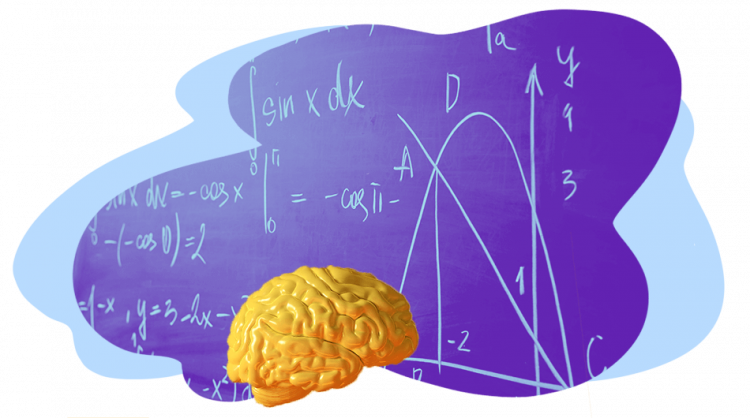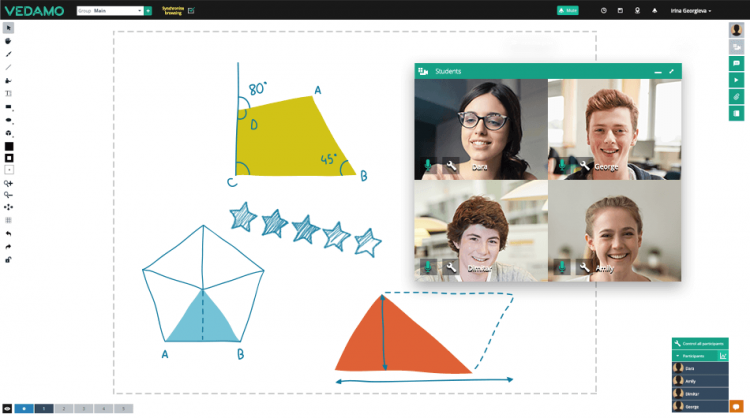Gamification is the use of game elements to solve non-game problems. But classic elements such as points, badges and leaderboards don’t work if the game isn’t fun enough. We love games because they entertain us. In this article I’ll explain what entertains people. This will help us add fun to the virtual classroom and to achieve “edutainment,” if you will. In his book “A Theory Of Fun”(1) Raph Koster says: “Fun is just another word for learning.”
Nicole Lazzaro classifies entertainment into four major categories:
Easy Fun: entertainment that surprises and creates wonder
Easy Fun is the foundation of one of the best examples of gamification: “The World’s Deepest Trash Bin”(2). The purpose of the exercise was to teach people to keep a park clean. The creators of this gamification scenario mounted microphones and sensors on a trash can. When someone threw trash into it, the sensor gave off a signal and a sound similar to falling from a height. This surprised the people because usually trach cans don’t make sounds.
How can you use this idea in the virtual classroom? Students expect to be complimented when they answer a question correctly. This is usually in the form of a “Well done!” from the teacher. Instead, the teacher could use the template of the lesson in the virtual classroom to prepare an unusual sound, such as the “fireworks and crowd” sound. Systems like VEDAMO encourage the use of templates, which make your job easier. Instead of saying “Well done” (the expected), you could play this sound (the unexpected) using the built-in media player. This will surprise your students, make them smile, and help raise their overall motivation levels to answer the questions correctly so that they can hear unexpected sounds.

Hard Fun: the entertainment involved in overcoming a challenge or solving a problem
Hard Fun is the basis of the gamification technique called planning poker. Programmers use a card “game” to decide how complicated a certain problem is when they cannot come to a consensus among themselves. Strategic thinking brings some people enjoyment. The opportunity to beat the problem or the “game“ is worth every effort to them.
How can you use this idea in the virtual classroom? Dixit is a board game. At its core it is about the pleasure involved with finding a certain idea in some abstract and funny images. We can do the same in the virtual classroom. Let’s take a concept that is difficult for students: trigonometric functions. One can say that trigonometric functions are necessary to learn, but complex and boring. In this game, each student will secretly get a trigonometric function from someone else. After that they will take a picture or create a video that they will use to visualize the function. The teacher then has to guess the function using the picture or the video. While the teacher is trying to guess the function everyone will be entertained. The teacher will then comment on the base properties of every function.

Serious Fun: the enjoyment of doing things that are meaningful and things that you consider to be good for the environment, your family, or the community
Serious Fun is the foundation of Microsoft’s “Language Quality” game. The company created products in various languages. It is difficult to create useful help files in different languages. Microsoft created the “Language Quality” game for their employees. In a language chosen by the player, the game displays text on the screen from a random help feature. For every mistake found the player gets points. Here were the results: 4,500 employees looked at 500,000 screenshots to correct or improve the translations on the basis of their native language. Microsoft Japan gave the entire company a day off so their employees could play the game and it was their company that ended up winning the competition. This form of entertainment that involved representing your community worked very well, and Microsoft didn’t even have to oversee it. That is the power of gamification.
How can we use Serious Fun in the virtual classroom? Citizen science is a term for an activity in which volunteers mobilize to help in scientific studies. No matter what you teach – languages, science, history, or art – you can be sure that scientific studies in your field need some help. Find out which projects are available and encourage your students to participate in some of them. This creates prestige because they are participating in a study that is important to their own academic community. Furthermore, it will help you maintain the interest and motivation levels of the students to keep progressing in their respective fields. One of the biggest platforms for these kinds of projects is Zooniverse.
People Fun: the enjoyment of social communication, role playing, competition, and teamwork.
Sharing is presumably one of the greatest social forces today. Social networks and the sharing economy are emblematic of today’s society. One reason for this is that people love to share, as long as it’s not too personal. Think of all those people who share professional experiences on many channels of communication for free. For some this may be difficult to do as it is tech related, but they are still able to figure out how to do it. And all of this is because people find enjoyment in sharing.
How can we use People Fun in the virtual classroom? In systems like VEDAMO you can use the Internal Messaging System to share individual files with your students and to share their file repositories. This lets the students check and anonymously evaluate homework or other projects. In this way they take on the role of an “expert“ who has to defend their grade on a project or the homework of other people. Playing a role helps you see the problems from the viewpoint of the teacher. By letting everyone anonymously assess the projects of others you will create a more perceptive community with an eye towards improvement.

What comes next?
Remember: “Fun is just another word for learning.” If you made it this far, what entertainment value did you find in this article? The main goal of education is to lead students through different challenges while teaching them knowledge and skills. Gamemakers call this the pathway to mastery. This will be the topic of our next article.
